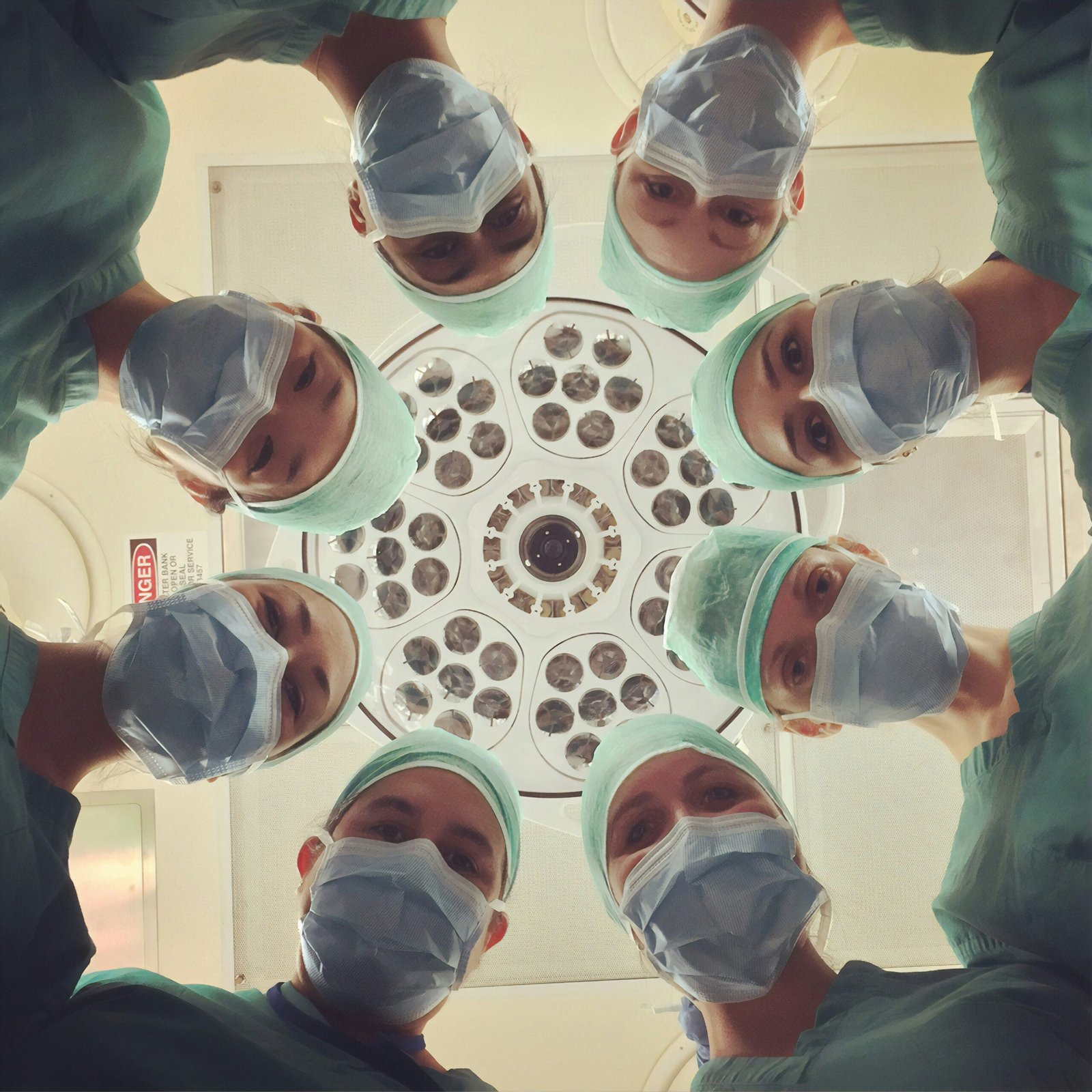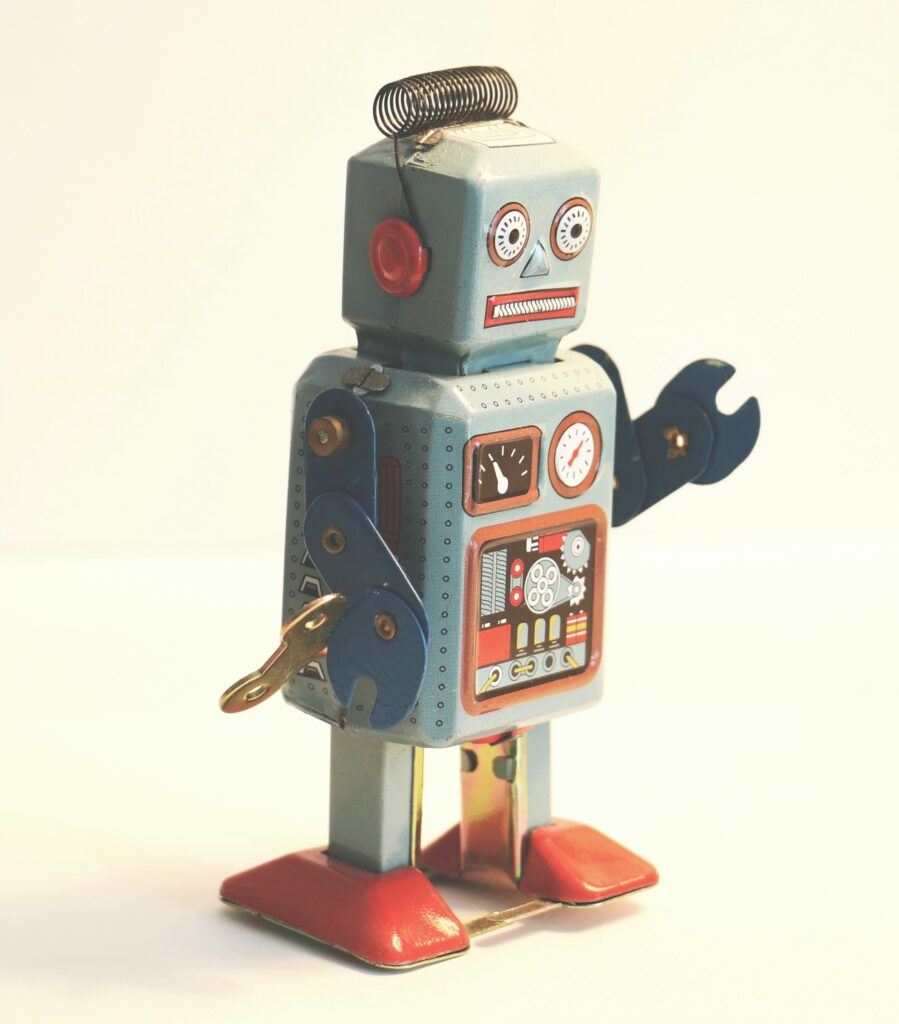
The Rise of Surgical Robots in Healthcare
The integration of robotics into healthcare has significantly transformed the landscape of surgical procedures. Among the advancements, surgical robots such as the renowned Da Vinci Surgical System have emerged as pivotal tools in enhancing the performance and safety of various operations. These sophisticated machines offer unparalleled precision and flexibility, allowing surgeons to conduct intricate procedures with minimal invasiveness. With key features like robotic arms that mimic the human hand’s movements, these systems facilitate complex surgical techniques that would otherwise be challenging using traditional methods.
One of the most notable advantages of surgical robotics is their ability to reduce recovery times for patients. By employing minimally invasive techniques, surgeons can perform operations through smaller incisions, resulting in lesser trauma to surrounding tissues. This leads to reduced blood loss, decreased pain, and often shorter hospital stays. Many patients report being able to return to their daily activities much sooner than they would with conventional surgery, thus significantly enhancing the overall experience and satisfaction with their medical care.
Surgeons who have embraced this technology often express a newfound confidence in their surgical capabilities. Testimonials from medical professionals indicate that robotics allow for greater visual clarity and increased dexterity. For example, a surgeon using the Da Vinci system may describe the enhanced three-dimensional visualization and the ability to manipulate instruments with exceptional precision, which ultimately leads to improved surgical outcomes and fewer complications.
Moreover, advancements in surgical robotics are continually evolving, with ongoing research focused on enhancing these technologies further. The integration of artificial intelligence and machine learning in surgical systems is opening new avenues for predictive analytics and improved surgical planning, thereby increasing the overall effectiveness of robotic-assisted surgeries. As healthcare continues to adopt these innovations, the future of surgical robotics looks promising, poised to redefine patient care in the operating room.
AI-Powered Diagnostics: Revolutionizing Patient Care
Artificial intelligence (AI) is fundamentally transforming the landscape of healthcare diagnostics, ushering in an era where early detection of diseases is becoming increasingly achievable. By analyzing vast amounts of medical data and imaging, AI algorithms can identify patterns and anomalies that may elude human clinicians. For instance, deep learning algorithms applied to radiology images have shown remarkable accuracy in detecting conditions such as breast cancer and pneumonia at earlier stages than traditional methods. This early intervention can significantly enhance patient prognosis and reduce treatment costs.
Moreover, AI-powered diagnostic tools are enhancing the decision-making capabilities of physicians. By providing data-driven insights and predictive analytics, these tools assist healthcare providers in making more informed decisions regarding patient treatment plans. By synthesizing information from various sources, including electronic health records and clinical guidelines, AI applications can recommend personalized treatment options tailored to individual patient profiles, thereby optimizing care pathways. This integration of technology not only streamlines the workflow for doctors but also leads to improved patient outcomes and satisfaction.
However, the integration of AI into healthcare diagnostics is not without challenges. Ethical considerations surrounding data privacy, algorithmic bias, and the potential for over-reliance on technology pose significant hurdles that healthcare professionals must navigate. Additionally, the implementation of AI systems requires substantial investment and training, which can exacerbate existing disparities in healthcare accessibility. As the healthcare sector continues to embrace AI advancements, stakeholders must collaborate to formulate guidelines that ensure ethical practices and equity in AI deployment.

In conclusion, the role of AI in diagnostics is revolutionizing patient care by facilitating early disease detection and supporting healthcare providers in decision-making. While the benefits are profound, addressing the ethical implications and challenges will be crucial for the successful integration of these technologies into mainstream healthcare.
Robotic Prosthetics: Enhancing Mobility and Independence
The evolution of robotic prosthetics has significantly transformed the landscape of rehabilitation for individuals with limb loss. Today, advanced technologies are integrated into prosthetic devices, allowing for greater functionality and performance than ever before. Among the various types of prosthetics available, powered limbs equipped with sensors, actuators, and advanced algorithms have created new possibilities in mobility. These innovations range from simple prosthetic devices that mimic basic movements to sophisticated bionic limbs that can perform complex tasks, such as gripping and pinching with precision.
A key aspect of robotic prosthetics is their ability to enhance the overall user experience through responsive and adaptable technology. Many modern prosthetic devices are designed to communicate with the user’s residual limb, enabling smoother and more intuitive movements. This technology relies on myoelectric sensors that detect electrical signals generated by muscle contractions, translating these signals into motion. As a result, users can perform daily activities with greater ease and dexterity, contributing to improved independence and a higher quality of life.
The impact of robotic prosthetics extends beyond physical improvements; they also offer psychological and emotional benefits. Many users report a renewed sense of confidence and empowerment after receiving their prosthetic devices. Personal stories highlight situations where individuals, once restricted by their condition, have reclaimed their passions and hobbies, from playing sports to engaging in arts and crafts. These narratives underscore the transformative role of robotics in not only aiding in mobility but also in restoring a sense of normalcy and self-esteem. As robotic prosthetics continue to advance, it is clear that they represent a profound change in the approach to rehabilitation and support for individuals with limb loss.
The Future of Robotics in Patient Care and Comfort
The integration of robotics in healthcare is continuously evolving, extending far beyond their traditional roles in surgery and prosthetics. Robots are increasingly being introduced in rehabilitation, elderly assistance, and routine patient care, demonstrating their versatility and the potential to enhance the patient experience significantly. The burgeoning use of robots in these areas aims to alleviate some of the burden faced by healthcare professionals amid workforce shortages, which can impact the quality of care provided to patients.

In rehabilitation, robotic devices are being employed to assist patients recovering from injuries or surgeries. These robotics technology systems can provide precise movements and feedback, thereby facilitating personalized rehabilitation programs. For instance, robotic exoskeletons are used for improving mobility in patients with spinal injuries, showcasing how robotic aids can lead to a more effective and efficient healing process. Furthermore, robots can enable physical therapists to focus on more complex tasks, allowing them to provide improved care with enhanced attention to patient needs.
In the context of elderly care, assistive robots play a pivotal role in promoting independence and safety for aging populations. Robots can help seniors with activities of daily living, medication management, and even companionship, reducing the need for constant human supervision. This not only eases the strain on healthcare facilities but also enhances the quality of life for elderly individuals by allowing them to age in place comfortably.
Routine patient care also benefits from robotic solutions. From telepresence robots that enable remote consultations to robotic systems that handle medication dispensing and monitoring vital signs, robotics is streamlining these processes. This not only expedites service delivery but also aids in minimizing human error, ultimately leading to improved patient outcomes.
As we look to the future, it is essential to consider the implications of this robotic integration on patient comfort and care. How do individuals feel about receiving treatment from robots? Will the presence of robots in healthcare enhance the patient experience or evoke apprehension? These questions invite discussion on the role of technology in shaping the future of healthcare, emphasizing the need for a dialogue between practitioners, patients, and technologists.